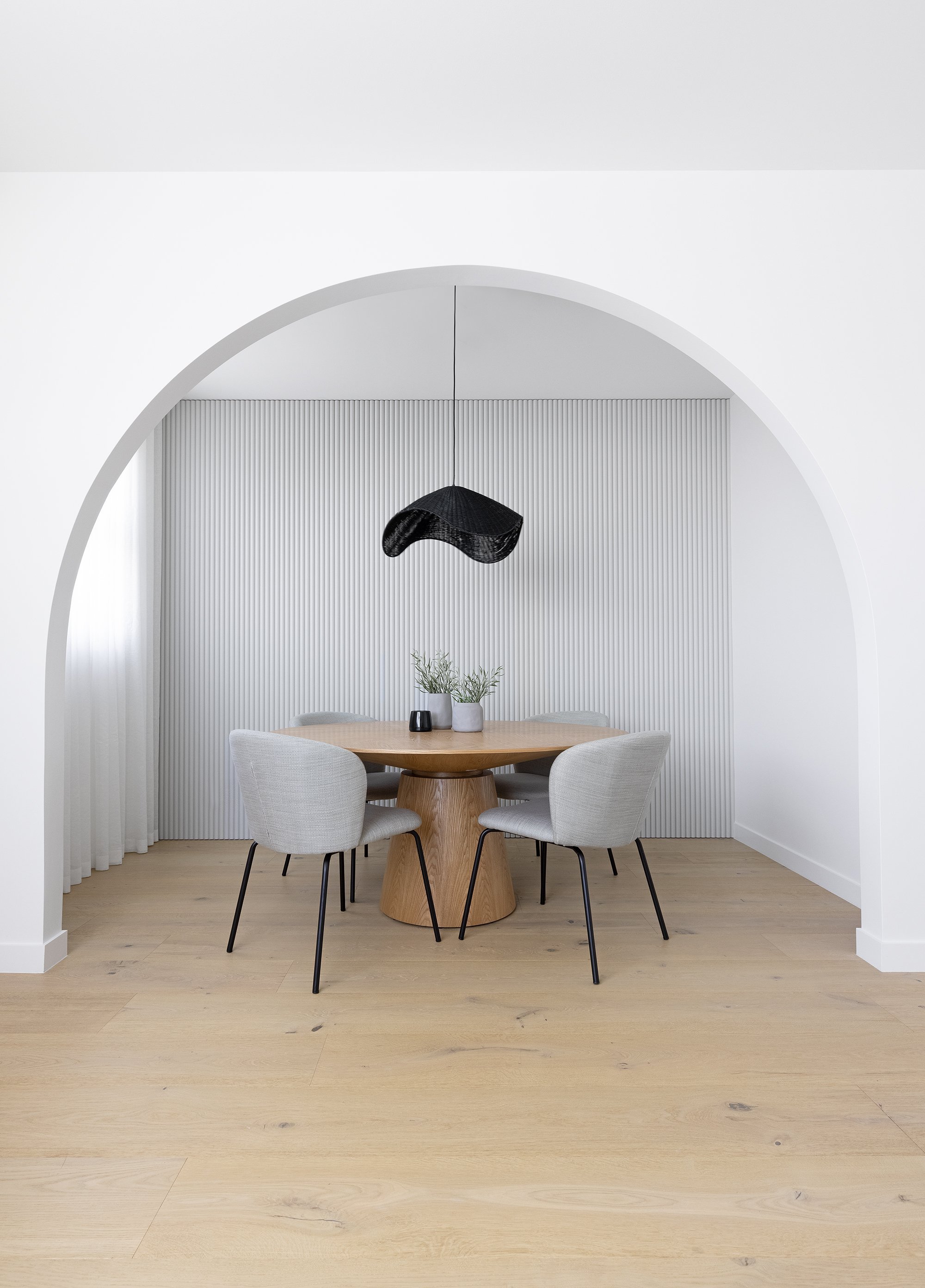Engineered Wood Flooring: What Are The Installation Options + Benefits?
Nothing compares to the warmth and beauty of engineered wood flooring underfoot. It’s the natural, hard-wearing finish that works seamlessly in almost any style home, with timeless appeal that outlasts fleeting flooring trends.
In recent years, engineered timber flooring has rapidly grown in popularity to become the preferred choice for homes, surpassing the use of traditional solid hardwood timber floors by leaps and bounds. This is due to its cost-effectiveness, and features like pre-finished its surface, that makes for quicker and easier installation compared to hardwood flooring.
When it comes to engineered timber flooring installation, there’s several options, each of with come with their own benefits... Let’s take a look at what’s best for your place…
Direct Stick Installation
As you might have already guessed from the name, direct stick installation refers to glueing engineered timber flooring directly to a subfloor. Engineered flooring can be glued to a variety of substrates including concrete and yellow tongue, using an adhesive based on the flooring manufacturer’s recommendations.
Direct Stick is our preferred installation method, as it results in flooring that feels firmer and more stable underfoot and is generally quieter compared to a floating installation. The downsides? The glue makes it messier and takes longer to install, meaning it will cost more compared to floating your floor… But we think the end result is worth it!
Nail Down
Nailing down engineered timber flooring is another effective installation option that results in a generally stable and firm installation. Flooring can be nailed down to a subfloor like particle board, plywood or similar, using nails or staples as recommended by the flooring manufacturer.
Only a few speciality tools are required for a nail-down installation, making it quicker, cleaner and more cost-effective compared to direct-stick installation. Depending on your substrate and flooring, an underlay may also be required or recommended.
Zephyr and Stone • Hardwood Engineered Flooring
Zephyr and Stone • Engineered Flooring
Floating
Engineered flooring generally comes with a tongue and groove edge, designed so each piece can click and lock into the next, to secure the flooring in place. When flooring is glued or nailed into place, these tongue and grooves lock together and flooring is additionally secured with glue or nails. However, when the flooring is installed floating, the tongue and grooves are generally the only fixing mechanism, with tongue and groove glue depending on your flooring.
Floating your floors is the fastest of all installations making it the most cost-effective, and is usually installed on an underlay depending on the manufacturer’s recommendations. The downside of floating a floor is that it can be noisier underfoot, as boards are not secured to the substrate and as a result can squeak or creak underfoot as they move up and down. Boards can also occasionally pull apart slightly over time.
When choosing an installation method for your new flooring, check any manufacturer’s recommendations and discuss the viability of each installation with your installer, based on your subfloor and needs.





